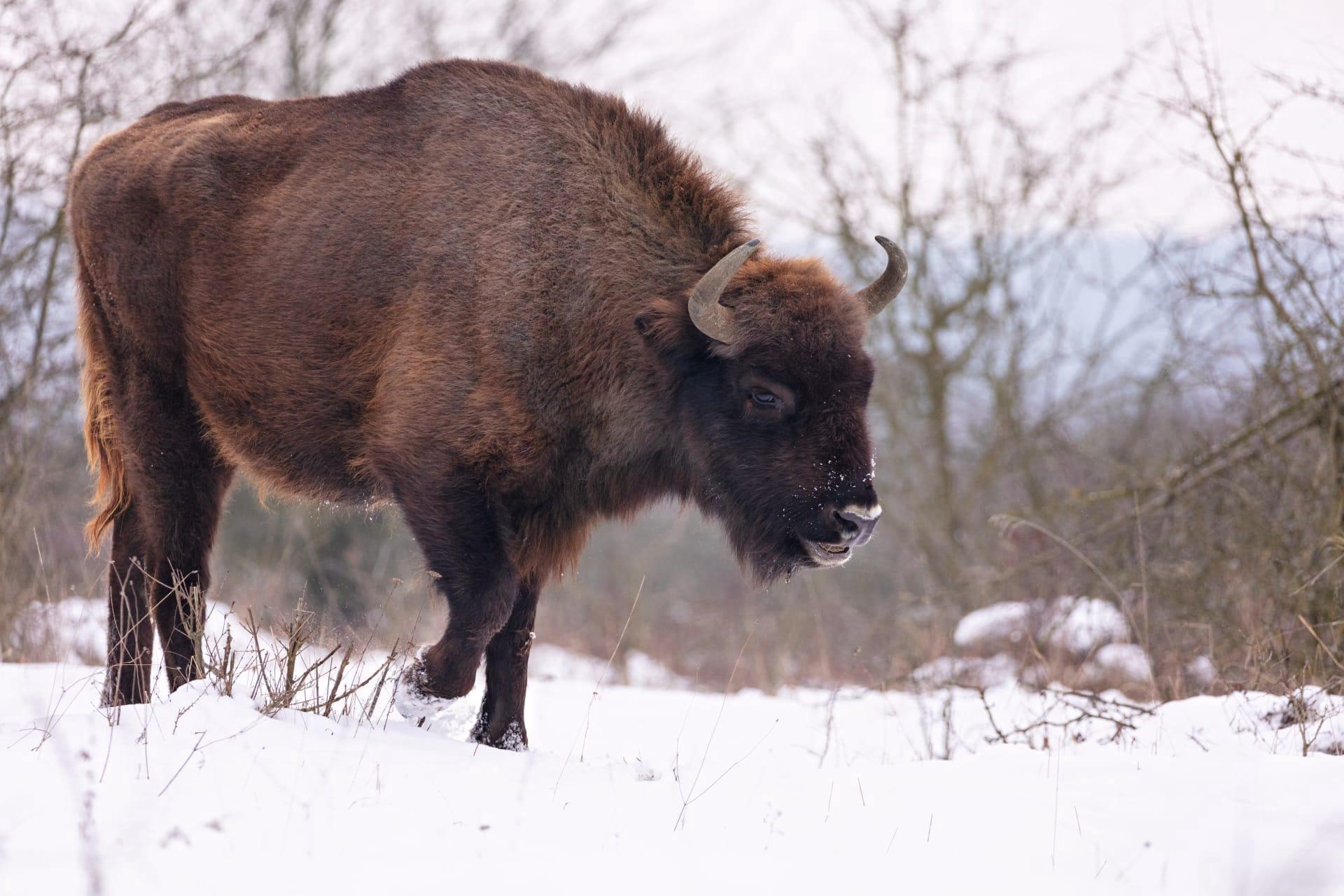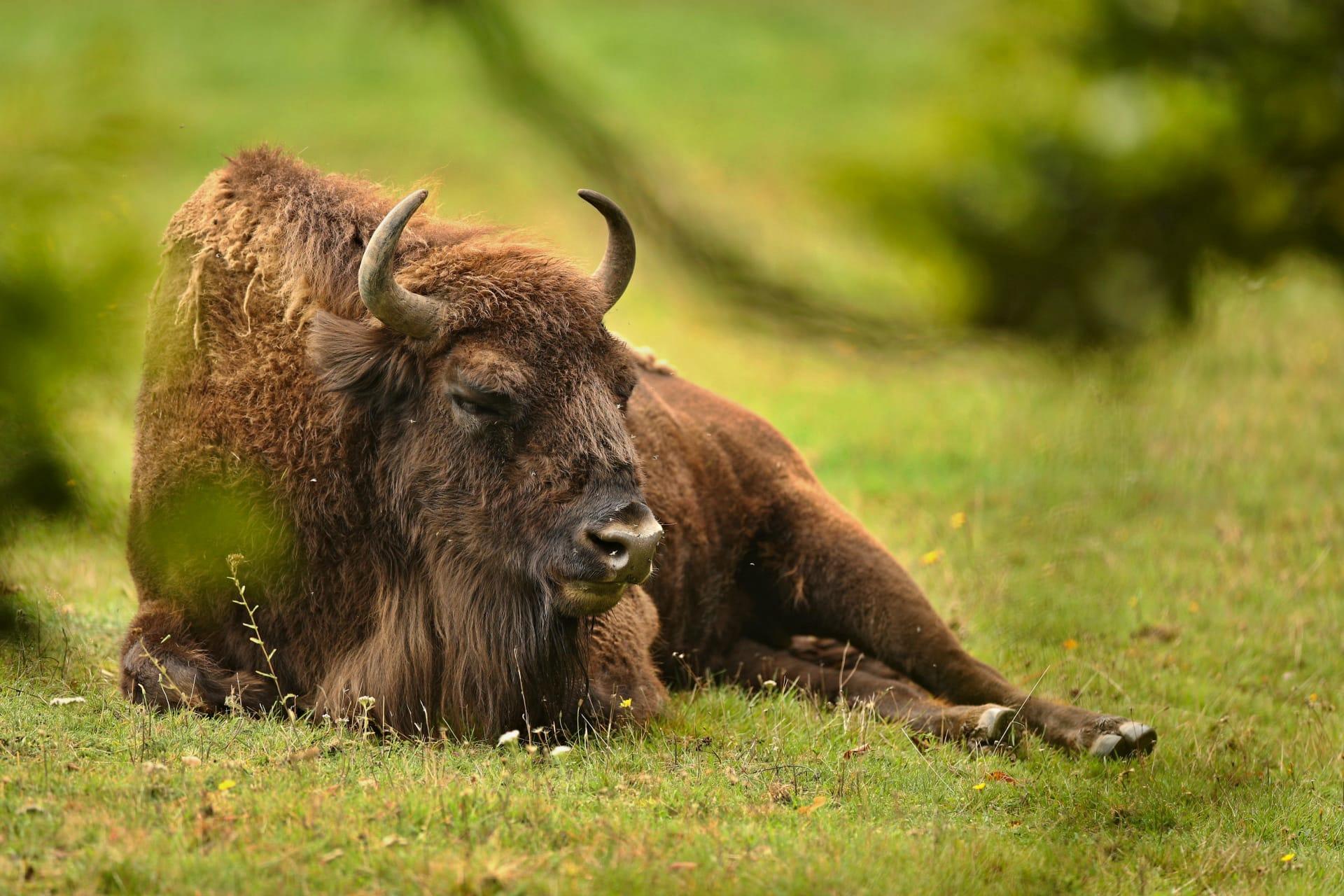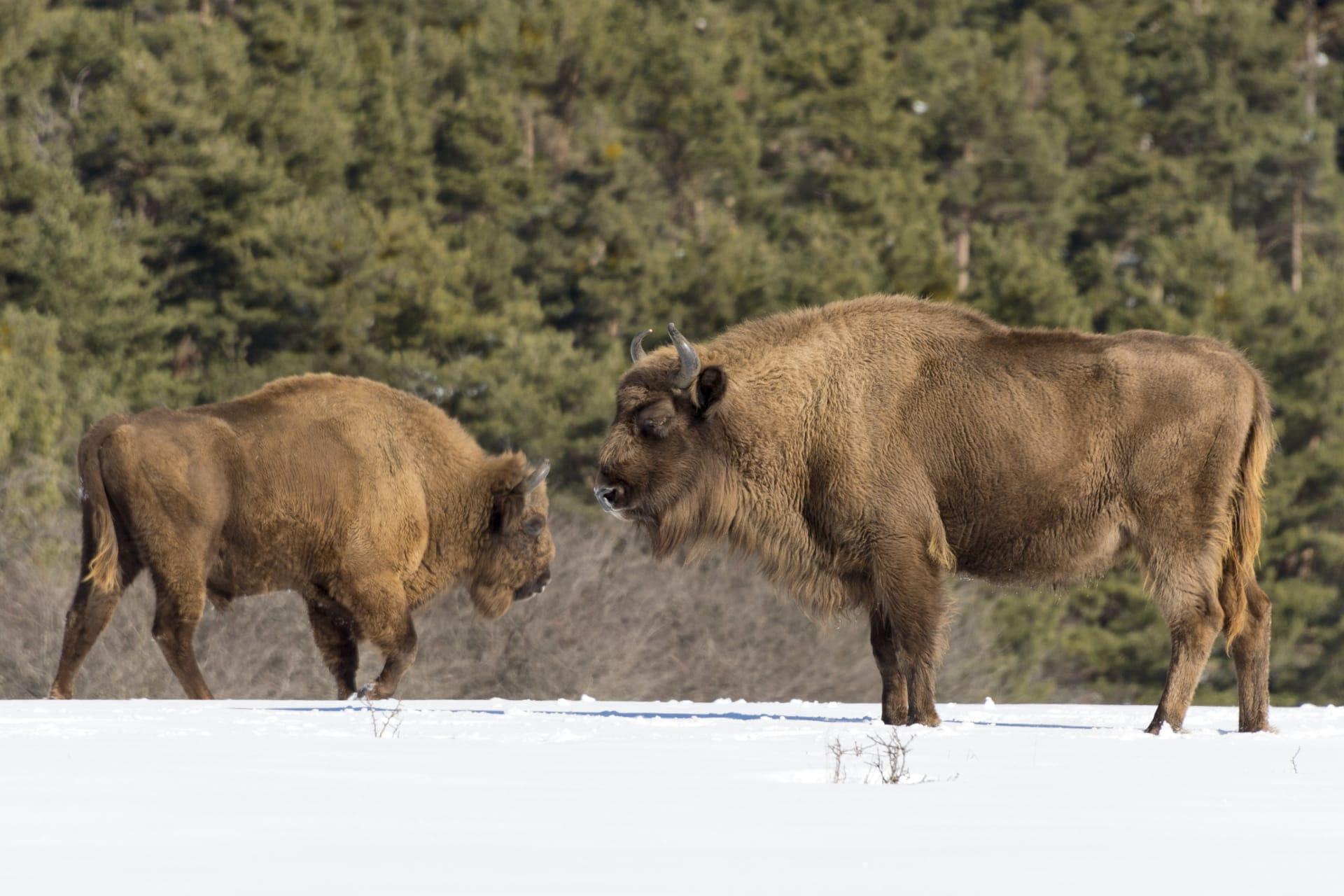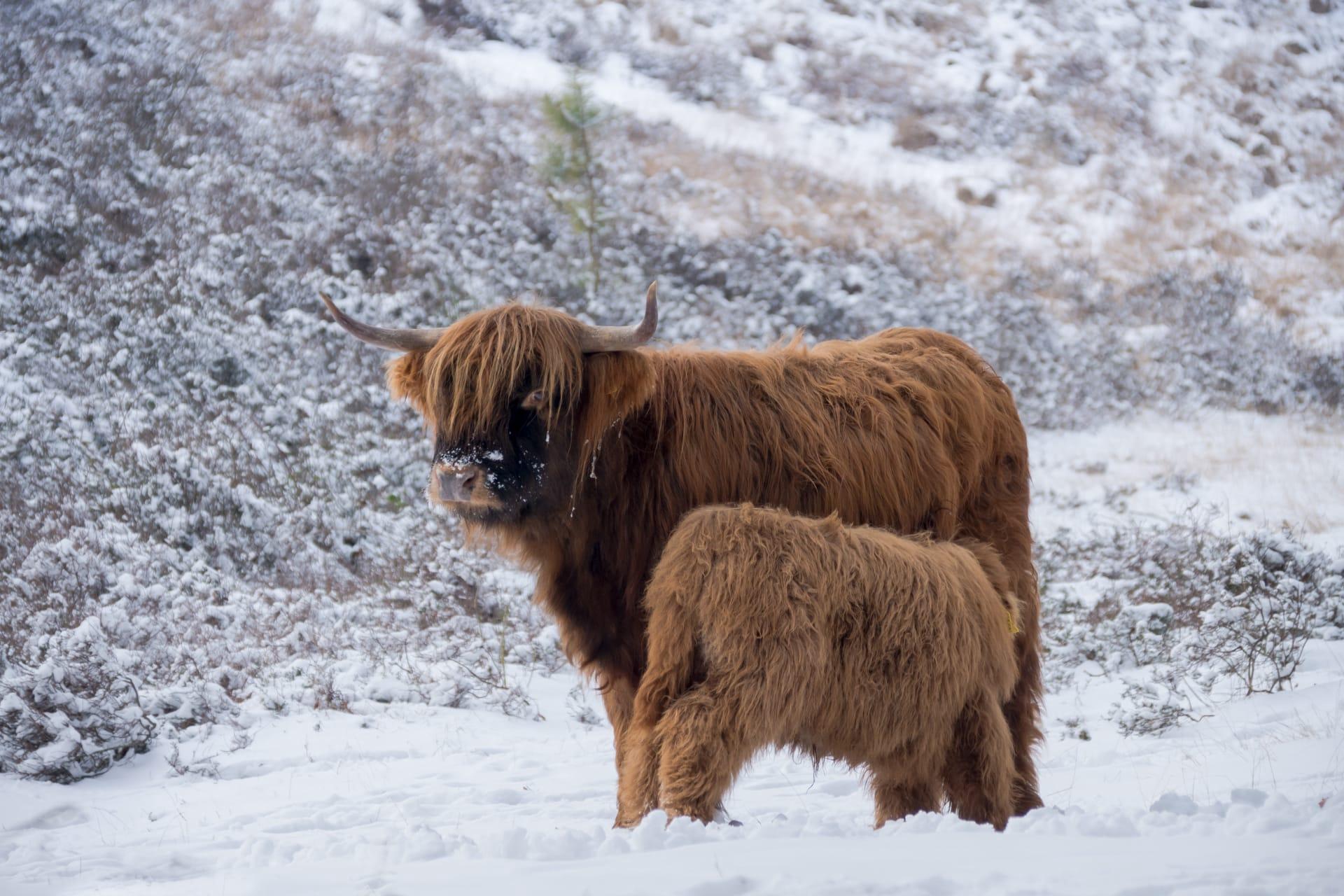Buffalo Characteristics
- Home /
- Mini Encyclopedia /
- Animal /
- Buffalo Characteristics
1
Buffaloes, fascinating creatures indeed, have a physical presence that's hard to ignore. These massive animals can weigh between 1,000 to 2,200 pounds (450 to 1,000 kilograms) and grow up to 6 to 7 feet (1.8 to 2.1 meters) in height at the shoulder. They're not just big; they're also long-lived, with a lifespan ranging from 18 to 25 years in the wild. But in captivity, they've been known to live up to 30 years, thanks to better nutrition and healthcare. Their physical prowess is complemented by a thick, dark coat and large, curved horns that can span over 4 feet (1.2 meters) from tip to tip – an impressive span that's not just for show but a vital tool for defense and dominance.
Speaking of horns, let's delve into this standout feature of the buffalo. These aren't just any horns; they're a remarkable example of nature's engineering. Each horn is a complex structure starting from a bony core attached to the skull, encased in a keratin sheath, the same material that makes up human fingernails and hair. But here's the twist – these horns are incredibly tough and can endure fierce battles. The curvature and sharp tips of the horns make them formidable weapons against predators and rivals. They also play a crucial role in social interactions within the buffalo herd, used for establishing hierarchy and winning over mates. It's a blend of function and form, showcasing the buffalo's strength and status in the animal kingdom.

2
Question: What do buffaloes eat and how do they maintain such large body sizes?
Answer: Buffaloes are primarily herbivores, and their diet is key to their impressive size. They primarily feed on grasses, herbs, and shrubs. What's interesting is their efficient digestive system, specially adapted to process high-fiber plant material. They have a four-chambered stomach, much like cows, which allows them to extract maximum nutrients from their plant-based diet. This process involves fermenting the food in their gut, breaking down cellulose, and extracting essential nutrients. This efficient digestion enables them to thrive on a diet that many other animals can't digest, maintaining their large body size and supporting their energy needs. In fact, an adult buffalo can consume up to 88 pounds (40 kilograms) of vegetation in a single day!

3
Buffaloes are known for their surprising agility despite their size. They can run at speeds up to 35 miles per hour (56 kilometers per hour) and have excellent swimming capabilities. This agility is essential for escaping predators and navigating their habitats, which often include rivers and swamps. Their sturdy legs and hooves are well-adapted for both swift running and steady, laborious movements through challenging terrains.
When it comes to feeding habits, buffaloes are grazers. They spend most of their day eating grasses and plants, which they find in their natural habitats. They're not predators but gentle giants who play a significant role in their ecosystems by controlling vegetation growth. This grazing behavior impacts the environment, creating a balance in the grassland ecosystems by preventing overgrowth and promoting biodiversity.

4
Buffaloes thrive in a variety of environments, from grasslands and savannas to wetlands and forests. They're highly adaptable and can be found in regions throughout Africa and Asia. These environments provide them with the necessary resources, like water and vegetation, for their survival. Water is particularly crucial, as buffaloes need to drink daily and often indulge in wallowing in mud to cool off and protect their skin from parasites and the sun.
Reproduction is a key aspect of buffalo life. Females usually give birth to a single calf after a gestation period of about 11 months. Calves are born precocial, meaning they're relatively mature and mobile from the moment of birth. This is vital for their survival in the wild, where threats from predators are constant. The social structure of buffalo herds is matriarchal, with females playing a crucial role in the herd's movement and decision-making, especially in matters related to reproduction and caring for the young.

5
Book: "Buffalo: The American Bison Today" by David A. Dary, published in the United States in 1989. This book is a comprehensive guide to the American bison, also known as the buffalo. Dary delves into the history, biology, and the near extinction of this majestic creature. He also explores the successful efforts to save and repopulate the bison in North America, offering insights into conservation and wildlife management.
Book: "The Water Buffalo: New Prospects for an Underutilized Animal" edited by Otto Scherf, published in 1984 in Germany. This book offers a detailed look at the water buffalo, an animal more commonly associated with Asian agriculture. It covers various aspects, including the buffalo's role in agriculture, its breeding, nutrition, and health. Scherf's compilation provides a unique perspective on the water buffalo's importance in rural economies and its potential for contributing more significantly to the agricultural sector.